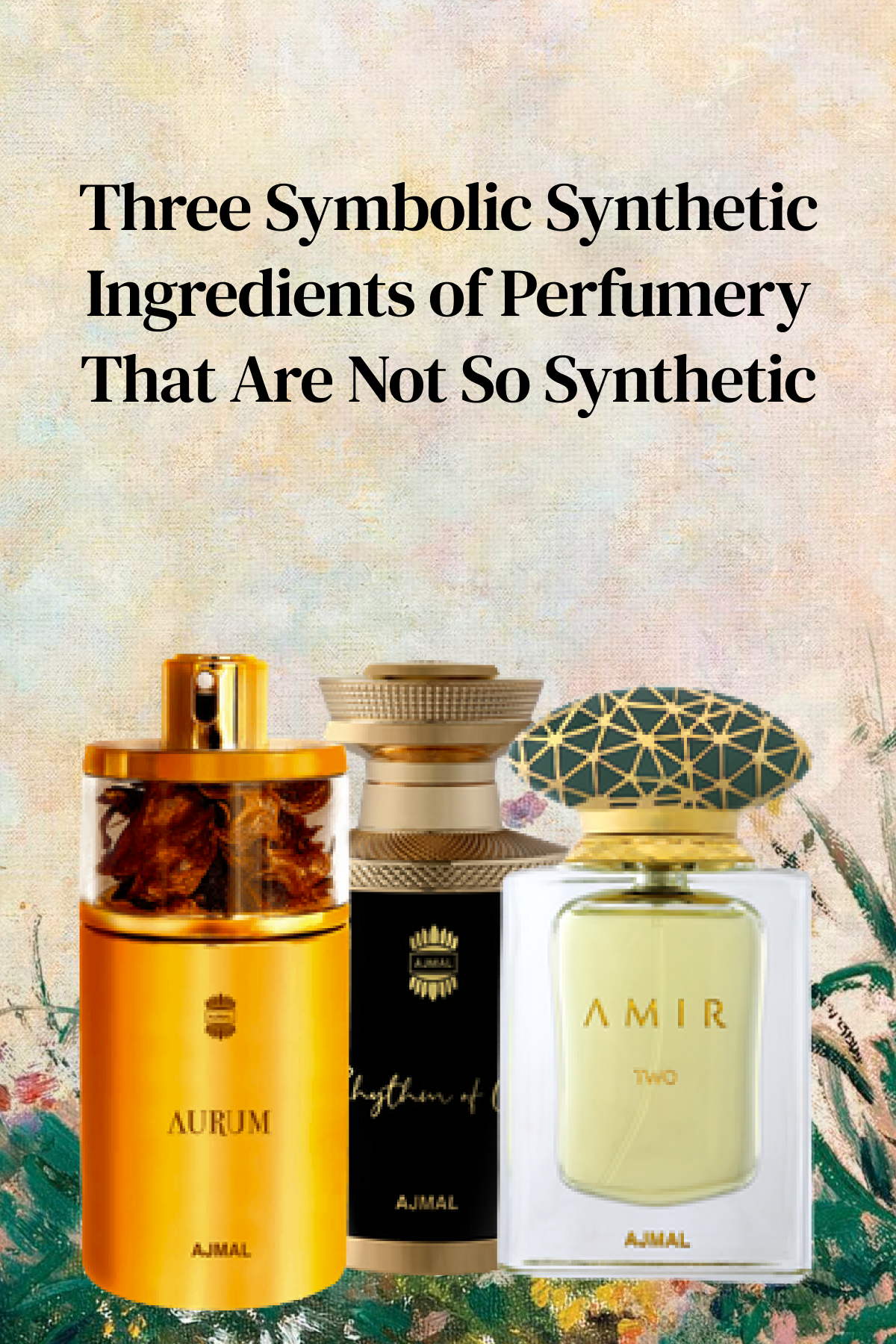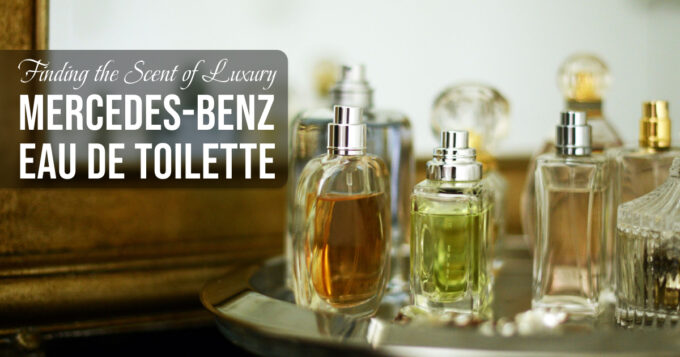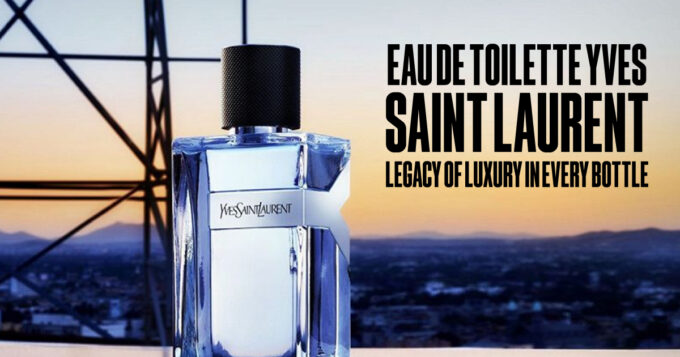Three Symbolic Synthetic Ingredients of Perfumery That Are Not So Synthetic
Synthetic compounds are becoming a necessary component of the toolkit used in contemporary perfumery. Classic fragrances have traditionally been built on natural, plant-derived essences, but the advent of synthetic molecules has completely changed the perfume industry and enabled creators to create hitherto unheard-of olfactory sensations.
Not all synthetic components are intrinsically “unnatural” or harmful to the craft of women perfume, despite what the general public believes. Indeed, some of the most recognizable and often utilized synthetic compounds have evolved into adored industry mainstays, contributing distinctive and essential characteristics to the perfumes we are familiar with and enjoy.
We’ll look at three such artificial compounds in this post that have solidified their status as necessary elements of contemporary perfumery.
Galaxolide: The Alluring Artificial Musk
Derived from the scent glands of specific animal species, musk has long been a highly sought-after and valued fragrance element. But concerns about sustainability and the growing demand for musk have resulted in the creation of synthetic substitutes.
Let’s introduce Galaxolide, a synthetic musk component that is a mainstay in modern perfumery. This adaptable molecule can anchor and enhance a wide range of fragrance compositions thanks to its warm, sensual, and lingering aroma.
Galaxolide’s complex molecular structure makes it possible for it to mix in harmony and intriguing ways with a variety of synthetic and natural components. Its usage has grown to such an extent that more than 90% of all perfumes sold in stores are thought to contain it.
Hedione:
The Refined Synthetic Jasmine Known for its subtle, seductive, and captivating scent, jasmine is one of the most adored and recognizable floral notes in perfumery. But because it can be costly and time-consuming to extract natural jasmine essence, perfumers are looking for less priced substitutes.
Let me introduce you to Hedione, a synthetic compound that closely resembles the aroma of real jasmine. Due to its bright, brilliant, and slightly green-floral characteristics, this chemical is now a common ingredient in many contemporary fragrances.
Perfumers often use hedione because of its ability to add a clean, refined jasmine note and prolong the strength and durability of a perfume. Because of its adaptability, it may be used with ease into a variety of aroma families, ranging from warm and woodsy to fresh and floral.
Iso E Super:
The Mysterious Synthetic Timber
In the realm of perfumery, woody notes have long been considered indispensable, lending many famous perfumes depth, complexity, and a touch of refinement. Natural woody essence extraction, however, can be difficult and resource-intensive.
Presenting Iso E Super, a man-made chemical that has revolutionized the field of woody notes. This mysterious ingredient has the power to intensify and elevate a perfume’s woody notes in a distinctive and alluring way. Its scent is delicate, persistent, and nearly undetectable.
Because of its chameleon-like properties, Iso E Super can mix easily with a variety of other aroma ingredients, both synthetic and natural. Because of its capacity to evoke a feeling of depth, mystery, and sensuality, perfumers adore this element, and they have used it to create a plethora of masterpieces in contemporary fragrance design.
The Persistent Significance of Man-made Components
The use of synthetic chemicals like as Iso E Super, Hedione, and galaxide has grown in significance as the perfume business progresses. These substances have improved perfumery’s technical elements while also exploring new olfactory realms and inspiring perfumers to craft inventive and alluring perfumes.
Even if opinions on the use of synthetic elements in perfumery are likely to differ, the fact that these classic ingredients are still in use today is proof of their importance and contribution to the craft of creating fragrances. It will be interesting to watch how these and other synthetic ingredients continue to influence the perfume industry as time goes on.
The Evolution of Synthetic Perfumes
The use of synthetic chemicals in perfumery is still up for question, but there’s no denying that these three classic compounds—galaxide, hedione, and iso E super—have become essential components of today’s scent industry.
By pushing the frontiers of olfactory research, these synthetic elements are anything but “unnatural,” enabling perfumers to craft smells that are inventive and intriguing. They are evidence of how the perfume industry is always changing and how the future of fragrance is being shaped by the combination of natural and synthetic ingredients.
Synthetic chemicals such as Galaxolide, Hedione, and Iso E Super are widely used in modern perfumery, demonstrating their vital role in the art of aroma synthesis. These materials are highly adaptable, reasonably priced, and technologically sophisticated, enabling perfumers to push the limits of innovative scent creation.
Hedione’s alluring jasmine-like scent, Iso E Super’s mysterious woody character, and galaxide’s capacity to replicate the richness of real musks have all grown to be essential components of many well-loved scents. These artificial components have improved perfumes’ overall performance, sillage, and stability while also enabling the creation of more intricate and subtle olfactory compositions.
The fact that these recognizable compounds are still in use today indicates their importance and lasting worth, even in light of the ongoing controversy regarding synthetic ingredients in perfumery. Synthetic components will undoubtedly continue to be an essential element in the perfumer’s toolbox as the business develops, influencing fragrance creation and spawning novel olfactory experiences.













